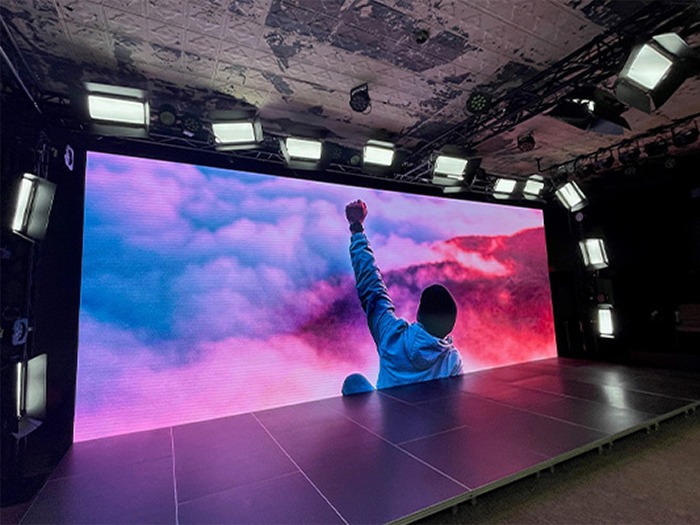Hue uniformity in light-emitting diode wall screens is crucial for achieving maximum visual output. light-emitting diode wall panels are widely used in various settings, including musical events, conferences, and advertising displays. When the colors on these screens are consistent, they create a more captivating and enveloping encounter for viewers. Several key factors affect hue uniformity, including the caliber of the LED components, tuning processes, and environmental conditions.
The quality of the light-emitting diode elements plays a significant role in hue uniformity. Various types of LEDs emit light at different wavelengths, which can influence the total hue result. Premium light-emitting diodes are designed to generate a more consistent light range, leading in better color accuracy. Additionally, the manufacturing method of these LEDs can impact their performance. Panels made with superior materials and techniques tend to have less hue variations, guaranteeing that the shown images and videos look vibrant and true to reality.

Tuning is another essential factor in preserving color consistency in light-emitting diode wall panels. Tuning involves adjusting the configurations of the screen to ensure that the hues shown match the intended appearance. This procedure can include adjusting luminosity, contrast, and color equilibrium. Frequent tuning is necessary, especially in settings where lighting conditions vary often. By calibrating the panels, specialists can fix any discrepancies in color result, leading to a more uniform observing experience.
Surrounding factors also affect color uniformity in light-emitting diode wall panels. Factors such as surrounding light, heat, and humidity can influence how colors are seen. For instance, bright surrounding light can dull hues, making them look less vibrant. Similarly, harsh heat can influence the performance of the LEDs, resulting to color shifts. To reduce these problems, it is essential to place light-emitting diode wall panels in controlled environments where illumination and heat can be controlled effectively.
Lastly, the design and layout of the light-emitting diode wall screens can impact hue consistency. The configuration of the panels, as well as the distance from which they are viewed, can create differences in color recognition. When screens are arranged too distant apart or at different positions, audiences may detect inconsistencies in hue. To obtain the best visual performance, it is important to take into account the positioning and alignment of the screens during setup. By addressing these see here factors, users can guarantee that their LED wall screens provide a uniform and high-quality visual encounter.
Comments on “Exploring the Crucial Factors That Affect Color Uniformity in Light Emitting Diode Wall Screens for Optimal Display Performance”